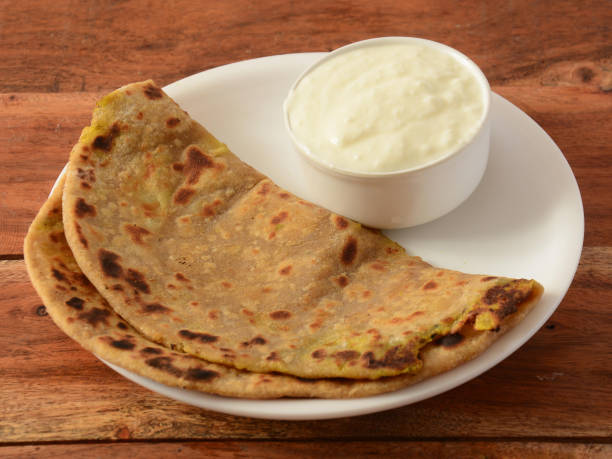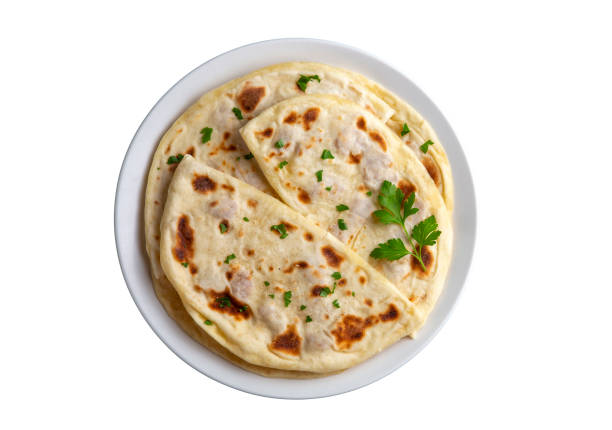Eating stale roti (leftover bread) has been an old tradition in many Indian households. Some believe it’s healthy, while others think it’s harmful. But what’s the truth? Let’s uncover the surprising benefits and disadvantages of stale roti with a mix of science, fun, and a pinch of humor
1. Easily Available – The Midnight Hunger Savior
One of the biggest advantages of stale roti is its availability. Imagine you are hungry at midnight and there’s no fresh food in the kitchen. That one stale roti sitting in the casserole becomes a life-saver. Instead of rushing to order junk food online, you can simply warm it up and eat. It keeps your stomach full without spending money on pizza or burgers. For bachelors, stale roti is no less than “ghar ka ATM” – available 24/7, without OTP
2. Packed with Fiber and Nutrients
You may not know this, but stale roti is often richer in fiber compared to fresh roti. As roti sits for a while, its starch breaks down, producing more fiber. Fiber is excellent for digestion, keeps your gut healthy, and even helps in controlling blood sugar levels. It also contains carbohydrates and proteins, giving you enough energy to kickstart your day. No wonder some people prefer eating stale roti with cold milk – it becomes an instant, healthy desi breakfast combo

3. Low-Calorie Food – Perfect for Weight Watchers
Surprisingly, stale roti is lower in calories than fresh roti. The breakdown of starch reduces calorie density, making it ideal for people trying to lose weight. Instead of fancy diet plans and expensive shakes, stale roti with curd can be a perfect light meal. It keeps you full for longer and prevents overeating. So, next time you feel guilty about wasting food, remember – that leftover roti can actually support your weight loss journey (just don’t eat it after 12+ hours)
4. Easier to Digest – Your Stomach Will Thank You
Another benefit is that stale roti is easier to digest than freshly made roti. The natural process of starch breakdown makes it softer for your digestive enzymes to work on. This is why many elders recommend eating stale roti with milk in the morning – it keeps acidity away and promotes gut health. Think of it as the “grandma-approved probiotic meal.” However, remember, it works best only when the roti is 6–8 hours old, not when it’s days old
5. Bad Taste – The Chewing Cardboard Experience
Now let’s be honest – stale roti doesn’t taste like your favorite butter naan. Many people find the taste dull, dry, and sometimes chewy like cardboard. If you are someone who loves soft, hot rotis, stale roti might disappoint your taste buds. Even if it’s healthier, your tongue might scream – “Bro, where’s the flavor?” This is one big disadvantage that makes people run away from stale food
6. Risk of Food Poisoning – Handle with Care
The most serious disadvantage of stale roti is the risk of food poisoning. If rotis are left uncovered at room temperature for too long, they can attract bacteria like E. coli and Salmonella. Eating such roti may cause stomach pain, diarrhea, and vomiting. To avoid this, always store stale roti in an airtight container and refrigerate it if you plan to eat it the next day. Safety first, taste later

7. Bacteria and Fungus Growth – A Silent Enemy
If you spot green or white spots on stale roti, congratulations – you’ve just discovered fungus! Eating such roti can be extremely harmful, leading to nausea, infections, or even food poisoning. Bacteria multiply quickly in leftover food, especially in hot weather. So, stale roti is only safe within 6–12 hours, and beyond that, it turns into a “petri dish experiment” for microbes. Remember, saving food is good, but not at the cost of your health.
Final Verdict: Should You Eat Stale Roti
Eating stale roti has both benefits and disadvantages. On the positive side, it is rich in fiber, low in calories, easily digestible, and a quick hunger solution. On the negative side, it may taste bad, carry bacteria, and cause food poisoning if stored carelessly.
The right way to consume stale roti is within 6–8 hours of cooking, preferably with milk or curd. Avoid eating if it smells weird, looks dry, or shows fungus. Balance is the key – enjoy the health benefits, but don’t take risks with spoiled food
Disclaimer
The tips and suggestions mentioned in this article are intended for general informational purposes only. Before starting any fitness program, making changes to your diet, or trying any remedies related to health conditions, please consult your doctor or a qualified healthcare professional. Dr. You does not verify or endorse the authenticity of any such claims made herein

